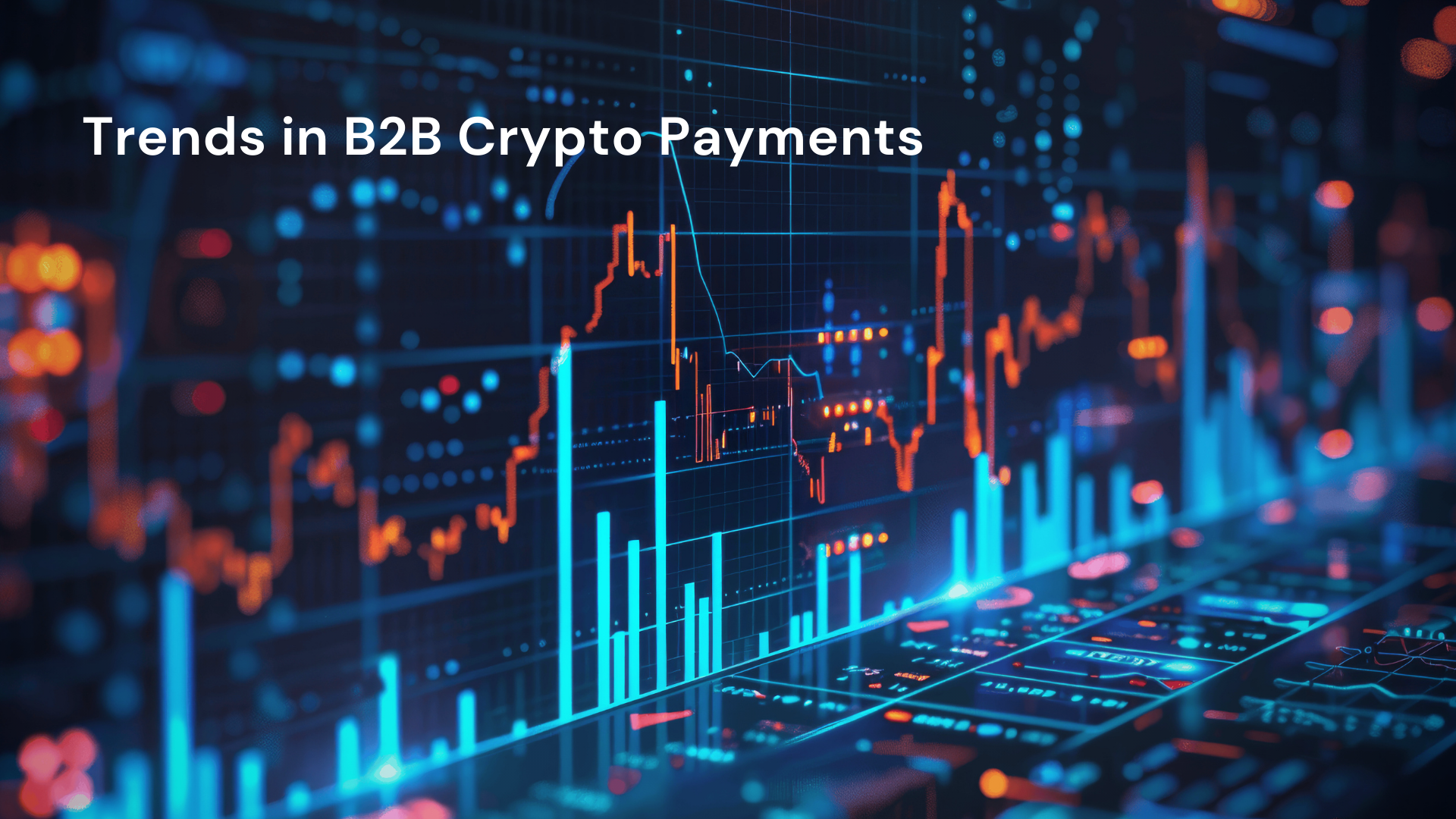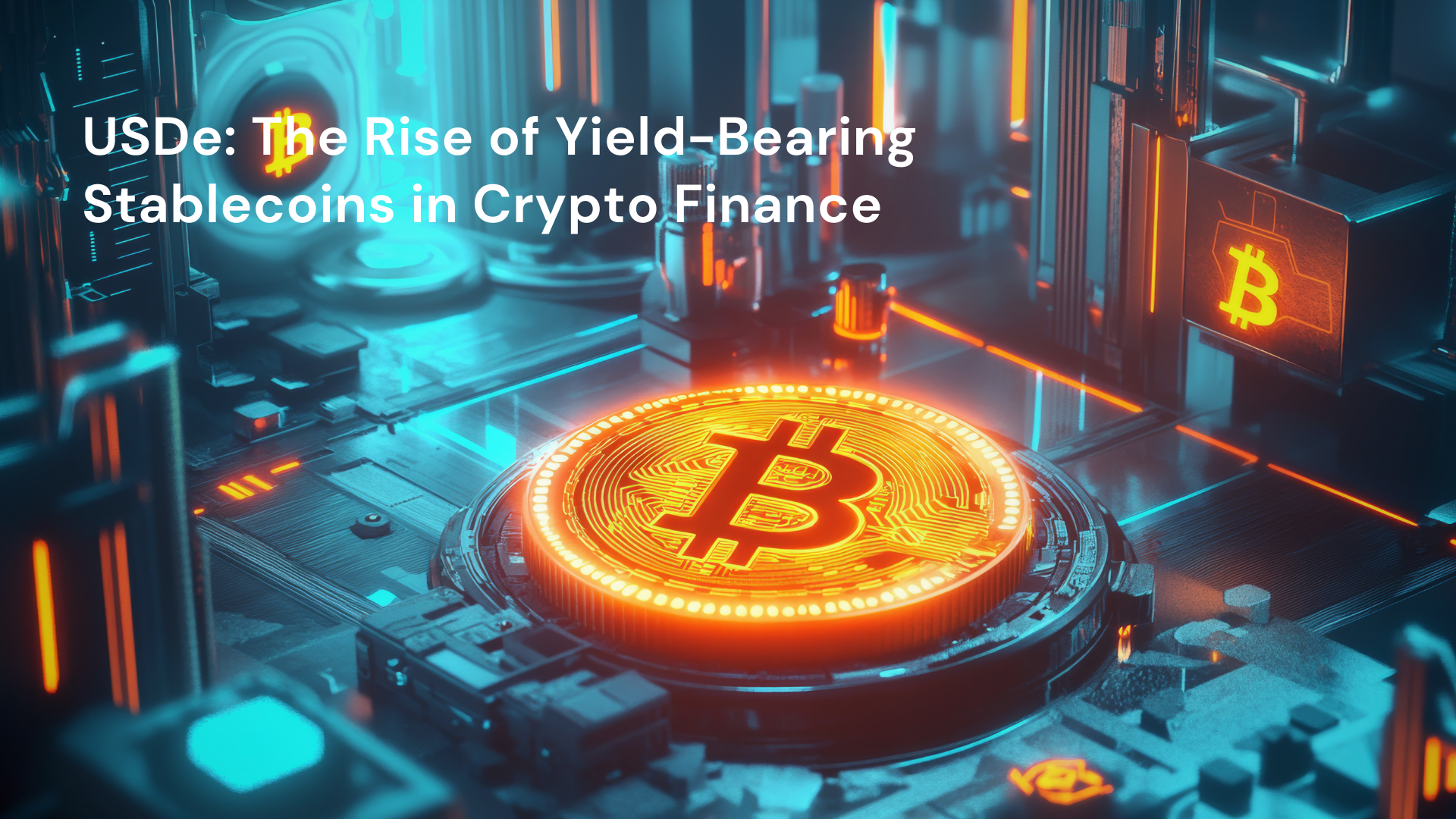Stablecoins are a category of cryptocurrencies specifically designed to maintain a stable value by pegging their worth to tradit…
Read More “Will All National Banks Start Exploring Stablecoins?”
COMPANY
Blog
Discover the future of payments on the Bitpace Blog – your destination for innovative payment gateway insights and the evolving landscape of digital finance. Our posts are crafted to explain digital transactions, offering businesses and tech enthusiasts a clear path through the complexities of blockchain and traditional finance integration.
Trends in B2B Crypto Payments
The landscape of B2B crypto payments is undergoing rapid transformation, fuelled by advancements in technology and a growing app…
Read More “Trends in B2B Crypto Payments”
Stablecoins and Compliance: How Regulations Are Shaping Digital Fiat
Stablecoins serve as a bridge between traditional fiat currencies and digital assets, offering price stability in the volatile c…
Read More “Stablecoins and Compliance: How Regulations Are Shaping Digital Fiat”
EURCV: The Evolution of Euro Stablecoins for Real-World Use Cases
Euro stablecoins serve as a bridge between traditional fiat currencies and digital assets, providing a stable and secure means f…
Read More “EURCV: The Evolution of Euro Stablecoins for Real-World Use Cases”
BUSD: Binance’s Stablecoin Journey and What’s Next
BUSD, Binance's stablecoin, maintains a 1:1 peg with the US Dollar, ensuring price stability in the volatile crypto market. Mana…
Read More “BUSD: Binance’s Stablecoin Journey and What’s Next”
USDe: The Rise of Yield-Bearing Stablecoins in Crypto Finance
USDe stands out among stablecoins by offering yield generation while maintaining its price stability. Unlike traditional stablec…
Read More “USDe: The Rise of Yield-Bearing Stablecoins in Crypto Finance”
DAI: The Decentralised Stablecoin Powering DeFi
DAI is a key stablecoin within the decentralised finance (DeFi) ecosystem, offering a reliable and decentralised approach to pri…
Read More “DAI: The Decentralised Stablecoin Powering DeFi”
RLUSD: The Future of Compliant, Real-World Asset-Backed Stablecoins
RLUSD is a specialised digital currency designed to maintain stability. Unlike traditional cryptocurrencies that are prone to ma…
Read More “RLUSD: The Future of Compliant, Real-World Asset-Backed Stablecoins”
USDC: The Stablecoin Bridging Traditional Finance and Crypto
USDC functions as a vital link between conventional financial systems and the cryptocurrency space. Its transparency and stabili…
Read More “USDC: The Stablecoin Bridging Traditional Finance and Crypto”









